Yoga Blog
Dynamic Yoga Flow: An Energizing Guide for Absolute Beginners
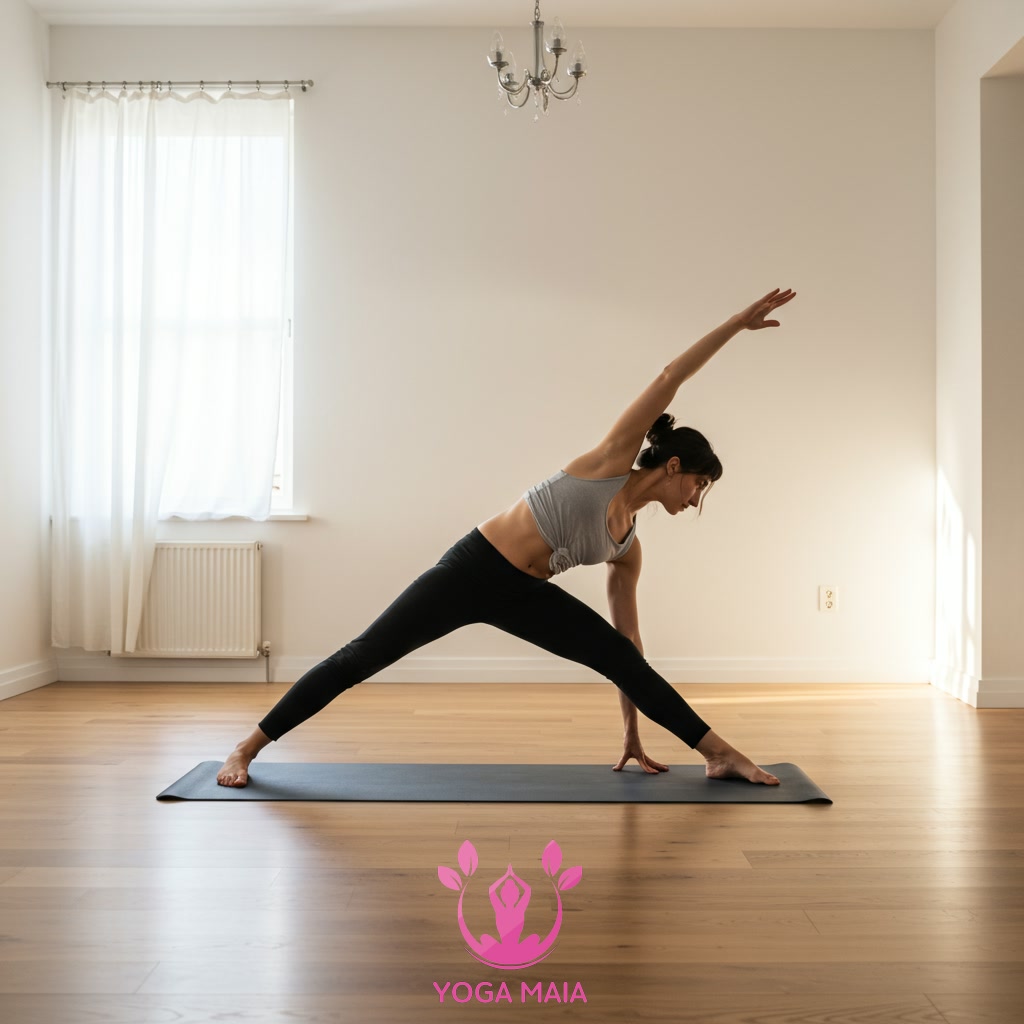
This guide presents an accessible introduction to dynamic yoga flow specifically designed for absolute beginners. It outlines an energizing practice routine focusing on fundamental movements and sequences. The content aims to help new practitioners build strength, flexibility, and vitality through a continuous, flowing yoga session.
Table of Contents
- Section 1: Welcome & Understanding Dynamic Yoga for Beginners
- Section 2: Preparing for Your Flow: Warm-up and Essential Tips
- Section 3: Building Your First Energizing Dynamic Flow Sequence
- Section 4: Linking Poses with Breath: Smooth Transitions
- Section 5: Cool Down and Final Relaxation (Savasana)
- Section 6: Continuing Your Journey: Practice Safely and Consistently
Section 1: Welcome & Understanding Dynamic Yoga for Beginners
Welcome to your journey with dynamic yoga flow! If you’re an absolute beginner, you’ve come to the right place. Dynamic yoga flow, often called Vinyasa, is a style where you move smoothly and continuously from one yoga pose to another, synchronized with your breath. Think of it as a moving meditation that builds warmth and energy in your body. Unlike holding poses for long periods, this flowing style helps you build strength, increase flexibility, and improve your stamina in a dynamic way. It’s a wonderful practice to awaken your body and mind. Don’t worry about getting everything perfect; just focus on breathing and moving gently. This guide is designed to help you start building a strong foundation.
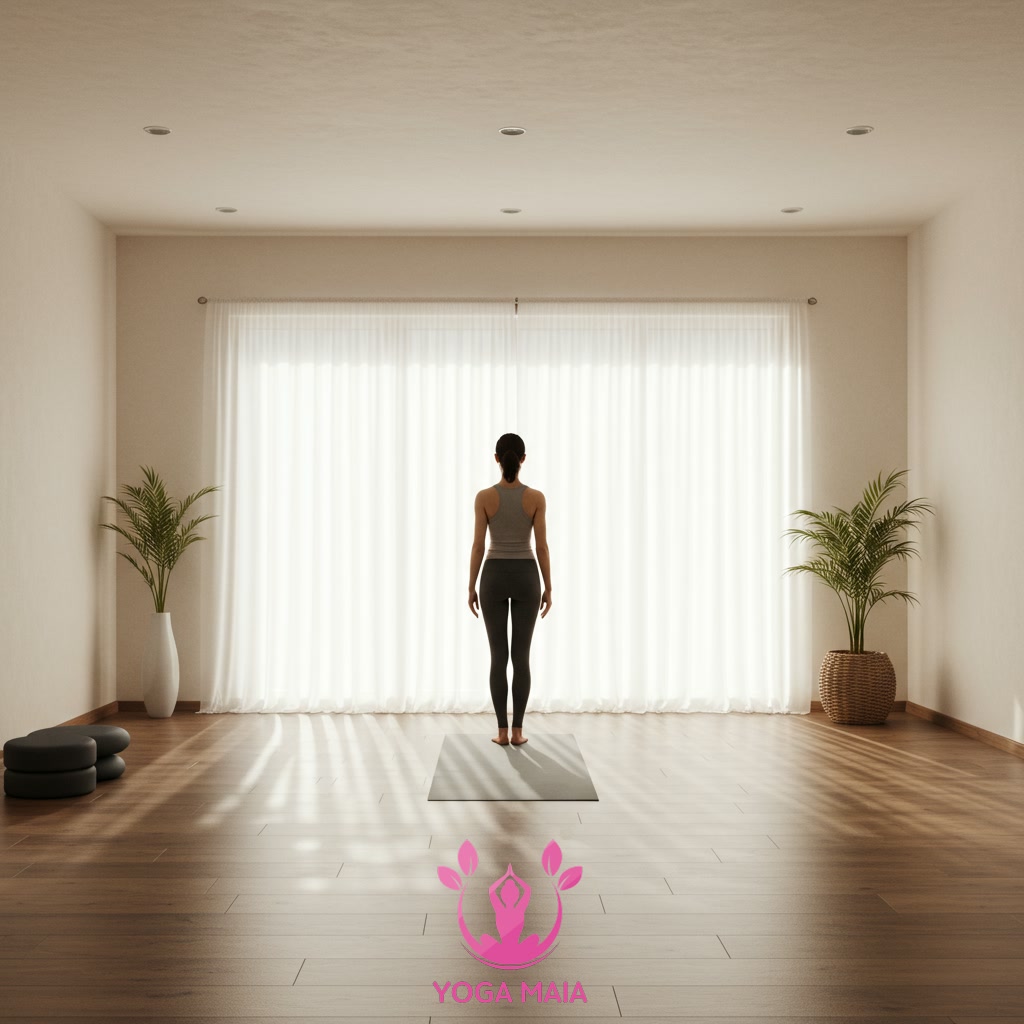 Welcome & Understanding Dynamic Yoga for Beginners
Welcome & Understanding Dynamic Yoga for Beginners
Section 2: Preparing for Your Flow: Warm-up and Essential Tips
Before diving into your dynamic yoga flow, proper preparation is key to a safe and enjoyable practice. Begin by finding a quiet, comfortable space where you won’t be interrupted, ensuring you have enough room to move freely. Lay out your yoga mat if you’re using one – it provides cushioning and grip. Take a few moments to simply sit or stand quietly, focusing on your breath. Gentle warm-up movements are crucial: think soft neck rolls, shoulder circles, or easy twists to awaken your muscles and joints. Avoid pushing into deep stretches at this stage. Listen intently to your body; notice any areas of tightness or discomfort. This preparatory phase isn’t just physical; it’s also about mentally arriving on your mat, setting an intention, and connecting with your breath, which will guide you through the flow.
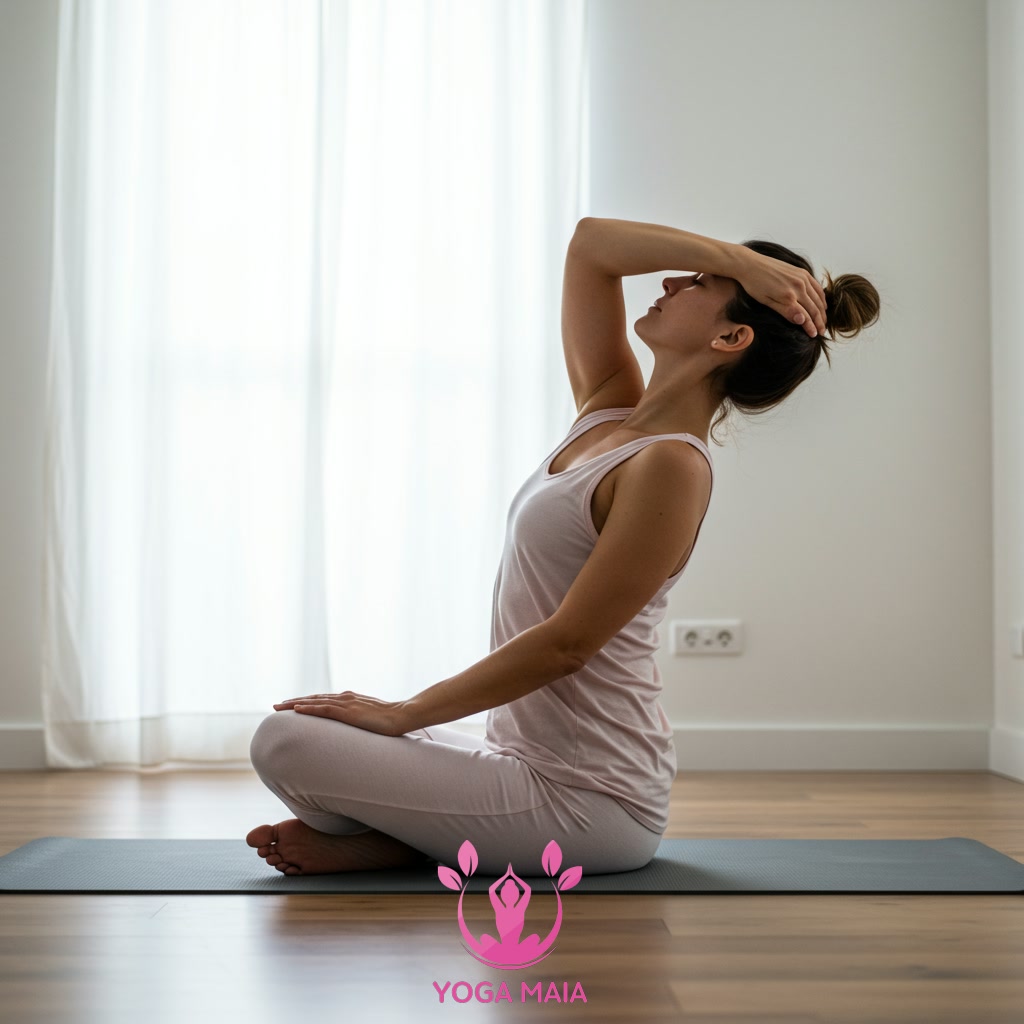 Preparing for Your Flow: Warm-up and Essential Tips
Preparing for Your Flow: Warm-up and Essential Tips
Section 3: Building Your First Energizing Dynamic Flow Sequence
Now that you’ve prepared your space and mind, it’s time to build your first energizing dynamic flow sequence. Dynamic flow yoga links individual poses together smoothly, creating a continuous movement synchronized with your breath. For beginners, the focus is on connecting fundamental postures you might already know, such as transitioning between Cat-Cow, Downward-Facing Dog, or simple standing poses like Mountain Pose to Forward Fold. Let your inhale initiate one movement and your exhale guide you into the next. This creates a moving meditation that builds internal heat and vitality. Don’t worry about perfect alignment initially; prioritize smooth transitions and listening to your body’s signals. This practice is about finding fluid movement and building energy.
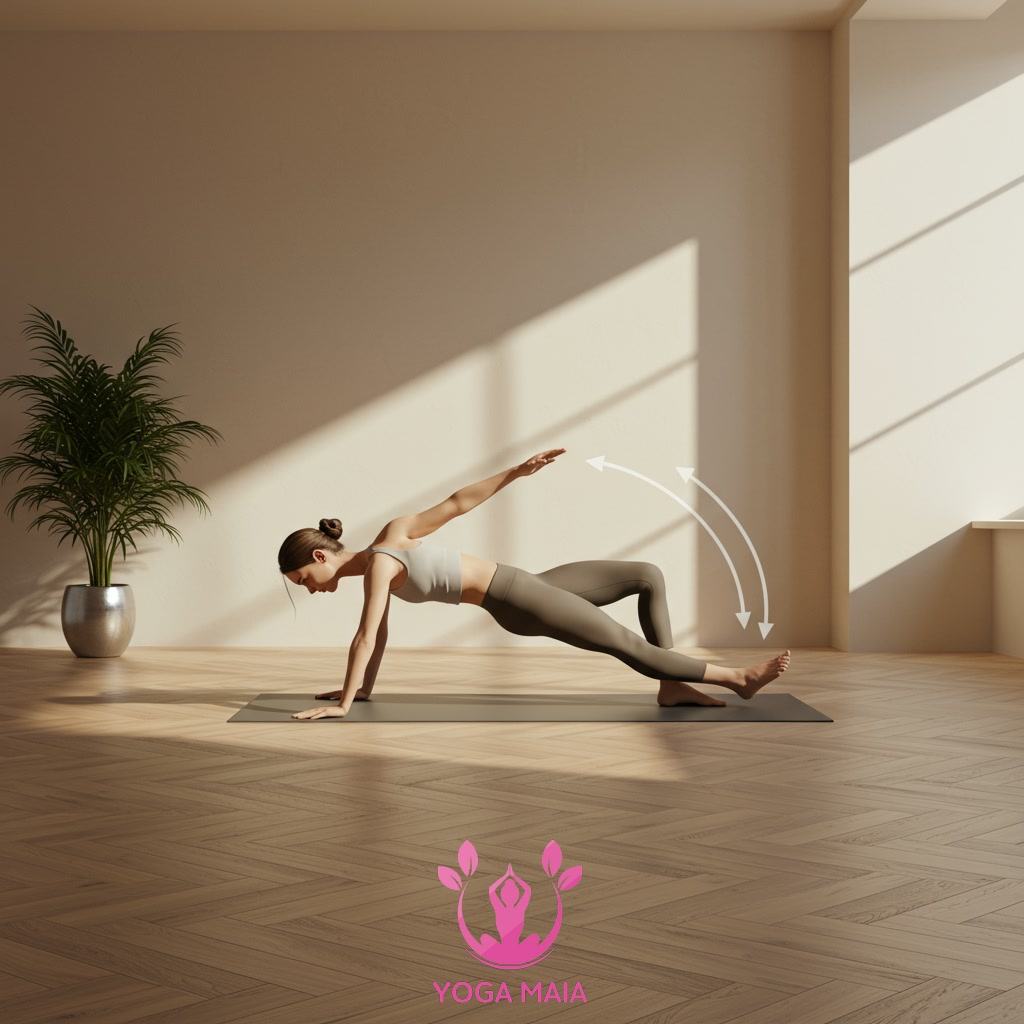 Building Your First Energizing Dynamic Flow Sequence
Building Your First Energizing Dynamic Flow Sequence
Section 4: Linking Poses with Breath: Smooth Transitions
In dynamic flow yoga, the breath serves as the anchor that links individual poses together seamlessly, creating a fluid, continuous movement. Instead of holding each pose statically for a long time, you move *through* the poses, coordinating your inhalations and exhalations with the transitions. Typically, expansive movements that open the body or lift you up are paired with an inhale, while movements that fold, twist, or bring you down are paired with an exhale. Focusing on your breath helps maintain rhythm and mindfulness throughout the sequence, turning a series of poses into a graceful dance. Mastering this connection is fundamental to experiencing the energizing and meditative qualities of dynamic flow.
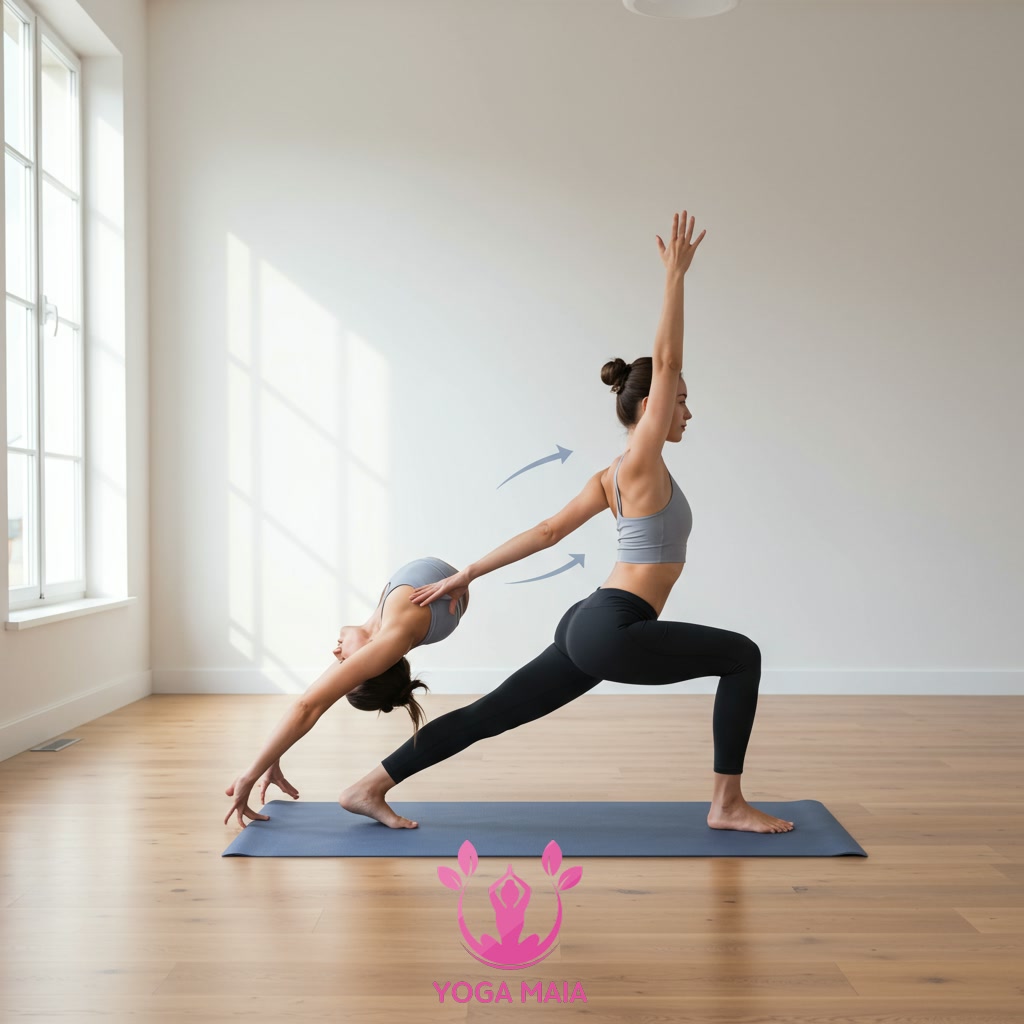 Linking Poses with Breath: Smooth Transitions
Linking Poses with Breath: Smooth Transitions
Section 5: Cool Down and Final Relaxation (Savasana)
After the dynamic flow, it’s essential to transition into a cool-down phase to gently bring your heart rate and breathing back to a resting state. This often involves a few simple, slower stretches, like a gentle seated forward fold or a supine twist, allowing your muscles to lengthen and release tension. The final and crucial part is Savasana, or Corpse Pose. This isn’t just lying down; it’s an active state of relaxation where you lie flat on your back, arms and legs relaxed, allowing your breath to be natural. Savasana is vital for integrating the physical and mental benefits of your practice, giving your body and mind time to rest and absorb the energy cultivated during the flow. Remain in Savasana for at least 5-10 minutes, focusing on releasing all effort and simply being present.
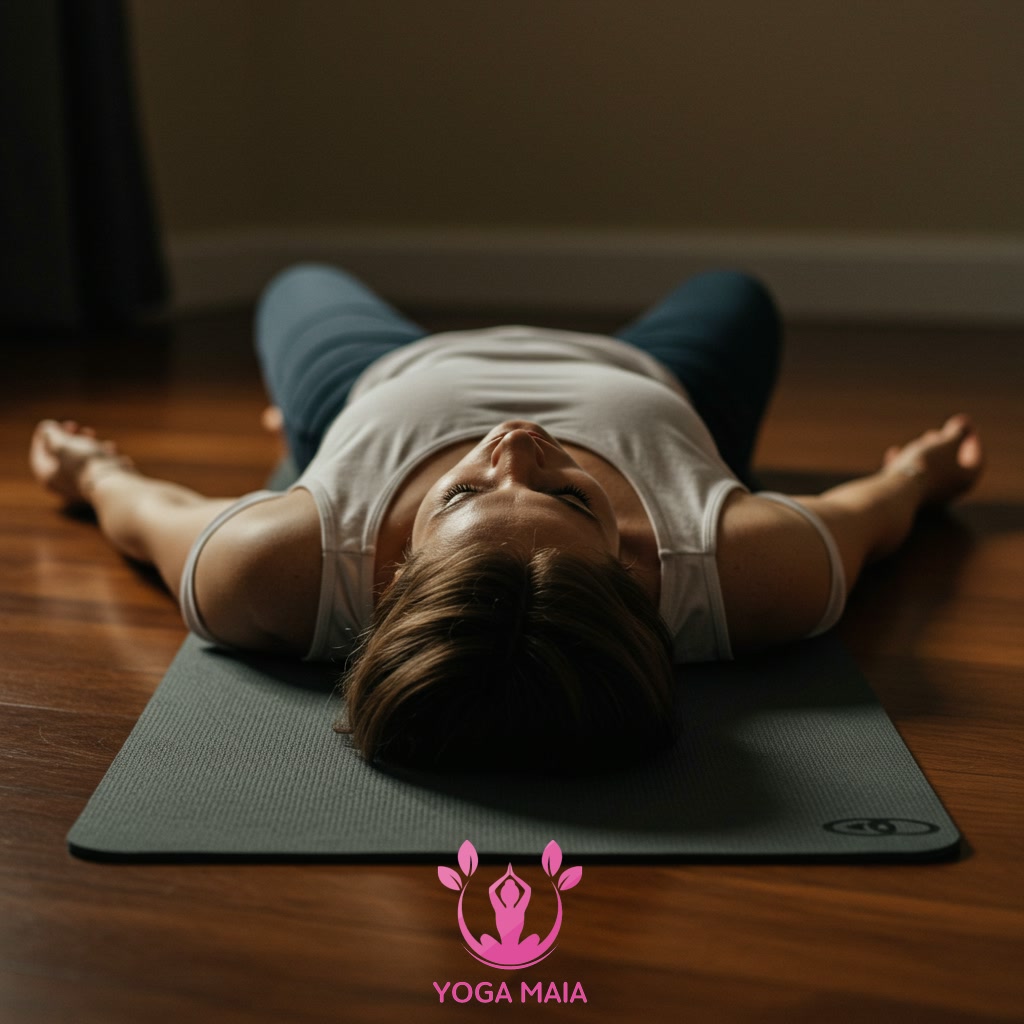 Cool Down and Final Relaxation (Savasana)
Cool Down and Final Relaxation (Savasana)
Section 6: Continuing Your Journey: Practice Safely and Consistently
After completing your cool-down, remember that consistency and safety are paramount as you continue your yoga journey. Always listen intently to your body; yoga should challenge you, but never cause sharp or persistent pain. If a pose feels uncomfortable or unstable, it’s okay to modify it, use props like blocks or blankets for support, or even skip it entirely. Building a regular practice, even just 15-20 minutes a few times a week, is more beneficial than infrequent, intense sessions. Find a time and space that works for you and approach each practice with patience and self-compassion. This mindful approach will help you build strength and flexibility safely over time.
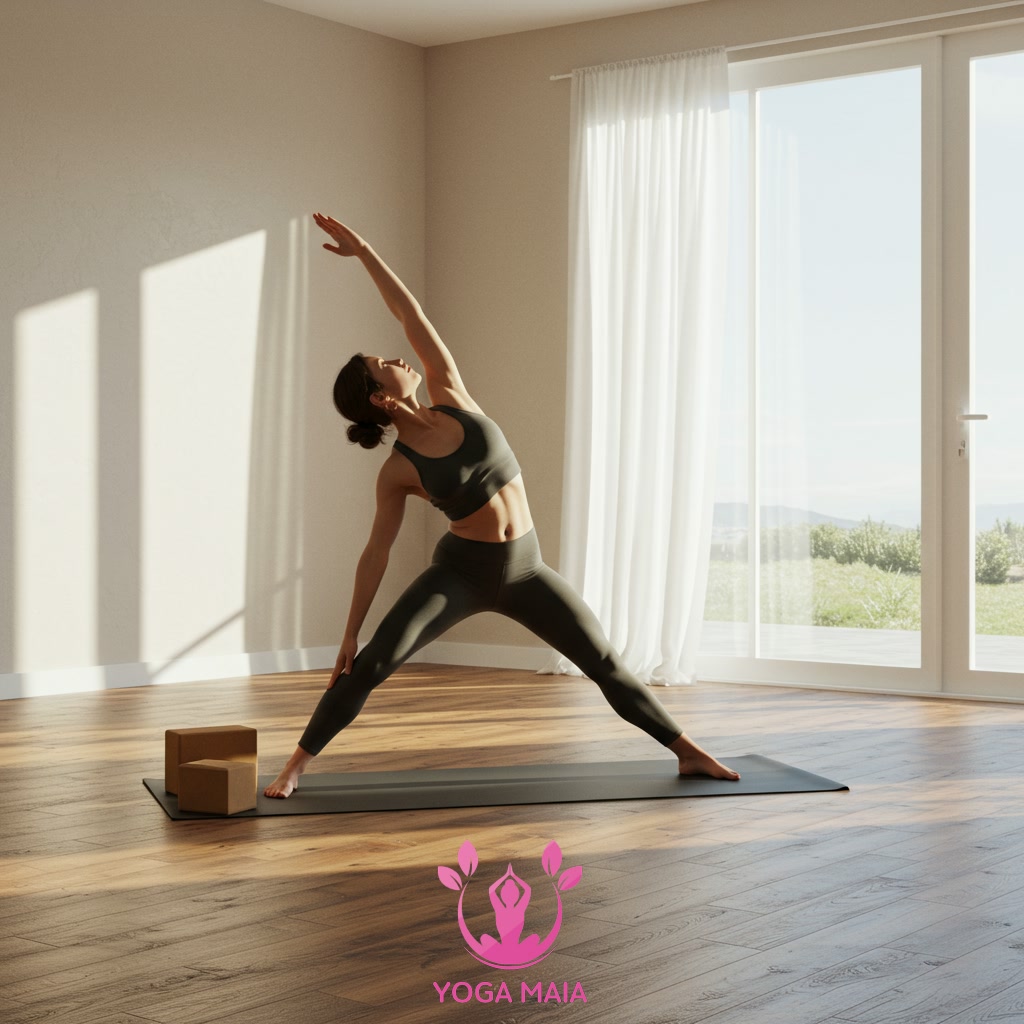 Continuing Your Journey: Practice Safely and Consistently
Continuing Your Journey: Practice Safely and Consistently












